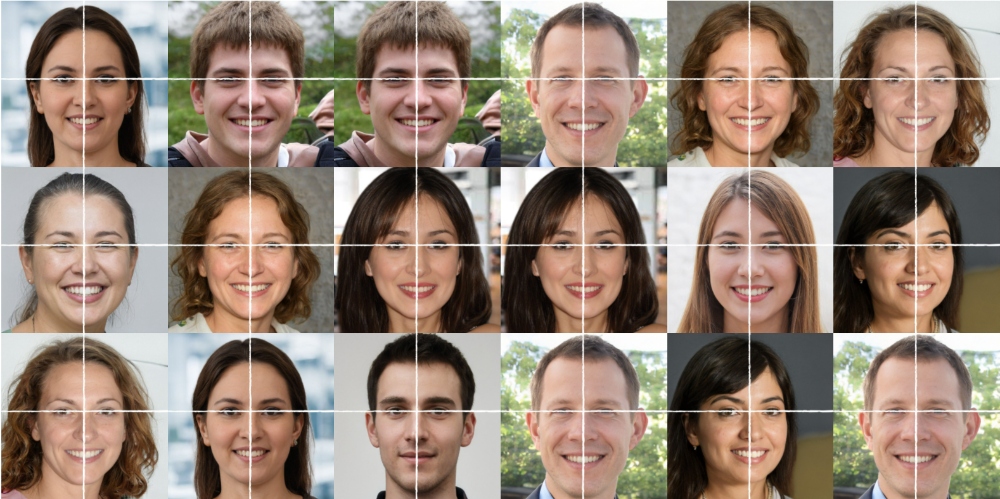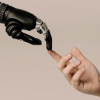The last two decades have seen a great deal of technological innovation. 20 years ago, we didn’t have iPhones, Facebook, Netflix, Uber, or Amazon Prime, but now, it’s hard to imagine life without them. How have these technologies changed so rapidly? According to Moore’s Law, the speed and power of computers double every two years, which means technological innovation accelerates over time. To appreciate just how fast technology is changing, consider these seven recent inventions and what they’ve already done to transform the world we live in:
- Smartphones
There’s a good chance it’s been a while since you saw a pay phone or even a house phone. Ever since Apple launched the first iPhone in 2007, smartphones have become widespread, and now everyone carries one around in their pocket.
What makes smartphones so powerful is that they can run multiple kinds of apps—apps for listening to music, watching videos, navigating by GPS, mobile banking, online shopping, and more.
We’re only beginning to understand how much smartphones are changing how we behave. We’ve never had so much information available to us on a portable screen, and we’ve never been so connected to the rest of the world 24/7.
- Insulin pumps
Another technology that’s changed the life of many is the insulin pump. Before the first insulin pump was invented in 1974, diabetics had to give themselves multiple daily insulin injections with syringes or pens.
Now diabetics have an easier way to regulate their insulin levels. According to one study, insulin pumps lead to better self-esteem, moods, physical health, and stress levels, while also improving mealtime flexibility, ease of travel, and the ability to participate in regular social and recreational activities.
An insulin pump with a glucose meter can be a literal lifesaver for the one in 10 Americans who suffer from diabetes.
- Voice assistants
A voice assistant is software that understands and responds to spoken commands. The concept has been around since the 1960s, but the first widespread use of voice assistants came in 2011 with Siri on the iPhone.
Since then, a number of voice assistants have come on the scene, including Amazon’s Alexa, Google’s Assistant, and Microsoft’s Cortana. Each leverages artificial intelligence (AI) to understand human language.
Now you can ask voice assistants to tell you a joke, do math problems, and even control other internet of things (IoT) devices in your home. For example, you can tell them to turn up the A/C or play some music, but that’s only the beginning of what all voice assistants will be capable of in the future.

- Blockchain
Blockchain is a buzzword in the business world, but it can be hard to understand exactly what it is. Essentially, blockchain is a technology that stores information on a decentralized digital ledger.
Each new piece of information is recorded on a block, which is added to a series of blocks in chronological order. The resulting “blockchain” creates a permanent record that anyone can view.
Blockchain is especially useful for recording transactions because it allows for two parties to cooperate without an intermediary. Hence, the most well-known application of blockchain is cryptocurrency. Cryptocurrencies like Bitcoin and Ethereum have become wildly popular investments that are disrupting the finance industry.
However, blockchain technology can be used in numerous ways like processing real estate deals, showing ownership (via NFTs), and even voting. Since blockchain is peer-to-peer, it makes recording important information faster and cheaper. This is why the global blockchain market is expected to reach a massive $162 billion by 2027.
- Facial recognition
Another rapidly-growing technology is facial recognition. Facial recognition uses cameras and AI to confirm someone’s identity with only their face. It’s a form of biometric authentication that can be used to unlock your phone, identify criminals, and confirm your identity at airports and border security.
For example, Amazon launched a cloud-based facial recognition software in 2016 called Rekognition that some U.S. immigration and police agencies now use to identify people.
Overall, facial recognition software can lead to increased security, convenience, and accuracy, which is why the global facial recognition market is expected to reach $8.5 billion by 2025.

- Drones
A drone, also known as an unmanned aerial vehicle (UAV), is an aircraft without a pilot. For a long time, they were only used for military purposes, but in the last few decades, we’ve seen drones used for a wide range of commercial operations.
For example, drones can perform construction land surveys, inspect infrastructure like roads and bridges, and even fertilize large farms. One area of innovation that has received a lot of attention recently is drone deliveries. Amazon is working on a drone delivery service called Prime Air, and Google subsidiary Wing has developed a service to deliver things like medicine and coffee within the city.
Though the drone industry still has some privacy and safety concerns to work out with the U.S. Federal Aviation Administration (FAA), it’s poised for a lot of growth. In fact, the U.S. commercial drone market is expected to reach $3.75 billion by 2030.
- Driverless cars
Driverless cars are vehicles that can drive autonomously without a human. Though you don’t see them on the streets quite yet, many cars already have semi-autonomous features like cruise control, autopilot, lane-keep assist, and front-crash prevention.
As driverless car technology spreads, we’ll see roads become much safer. After all, 94% of US traffic accidents are caused by human error. This will also help cut costs on insurance, licensing, and repairs—not to mention increase fuel efficiency and reduce traffic.
Car manufacturers that are currently investing in driverless car technology include General Motors, Ford, Mercedes-Benz, Tesla, BMW, and Google subsidiary Waymo. Though their driverless car programs are still in pilot mode, we can expect the technology to dramatically transform how we get around before long.
When you think about how different the world looks today than it did twenty years ago, just imagine how it will look in 20 more years! No doubt, we’ll be living in a future that is hardly recognizable to us now.









































